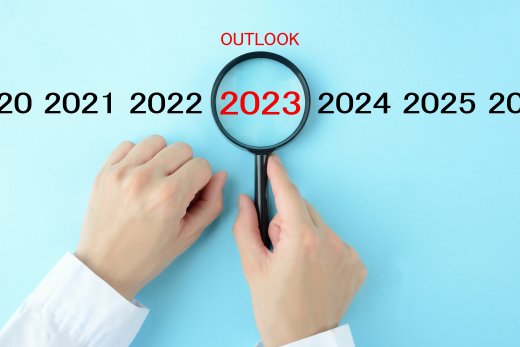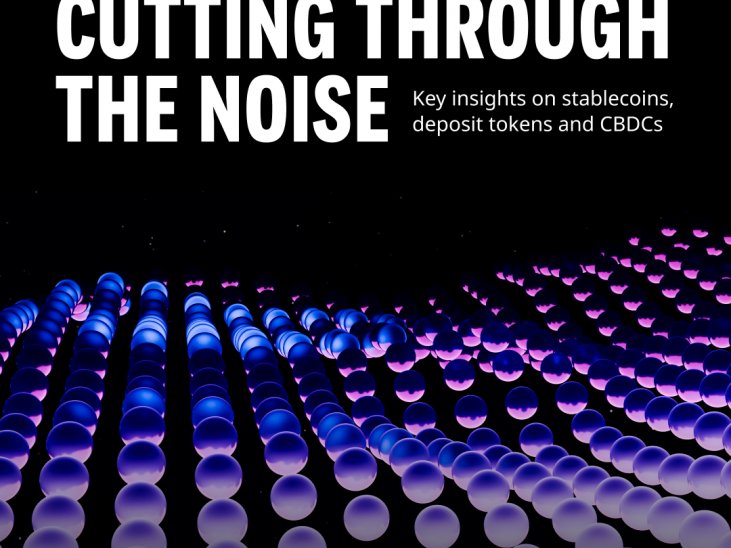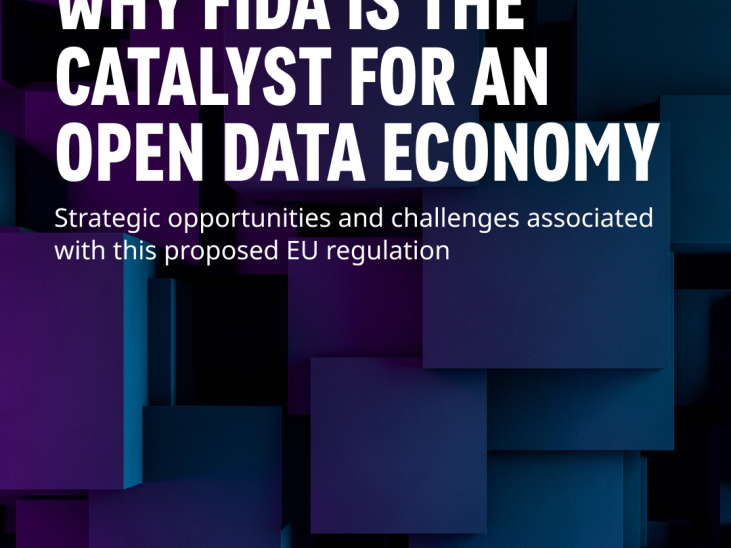Outlook for 2023

In line with INNOPAY tradition at the start of each year, here are our predictions for the nine key Everything Transaction trends in the domain of Data Sharing, Digital Identity and Payments in 2023.
1. BigTechs seek to dominate authentication
Supported by tech giants including Apple, Google and Microsoft, the new technology of passkeys will replace passwords with biometrically validated tokens stored on mobile devices or computers and protected by fingerprint/facial recognition. Because a unique passkey is automatically generated for every app or website used, passkeys are presented as a boost for online security, because they cannot be guessed or forgotten and therefore prevent many common forms of cyberattack such as phishing.
Many online services, including eBay and PayPal, are already using this approach. In 2023, support for the technology will be extended to the latest versions of popular desktop and mobile operating systems in an attempt to drive further adoption. However, it remains to be seen whether the EU Digital Wallet and data legislation can counter this dominance play by the BigTechs.

2. Collaboration is the way forward for Open Finance
As we predicted at the start of last year, Open Finance is rapidly gaining traction, with players in the banking, insurance and pension sector increasingly looking for open data business models as a way of empowering customers to use financial services at the point of need. In the coming year, we expect that even more incumbents will make Open Finance a core part of their strategy and investment decisions. Strategic partnerships will be a key attention point as incumbents seek to scale up their Open Finance propositions.
2023 will also be the year in which industry collaboration for Open Finance will take further shape. In this regard the SEPA Payment Account Access (SPAA) scheme is one to watch, as it could address many of the shortfalls introduced by PSD2 if it can realise a fair distribution of value and risk between ecosystem participants.

3. Crypto Winter instead of Crypto Ice Age
After a year of turbulence, traders generally expect that crypto losses will continue into this year and next as risk-averse firms will scale back. We believe it will take time to regain the market’s trust. The Crypto Winter could become a Crypto Ice Age.
Having said that, initiatives such as the upcoming Markets in Crypto-Assets (MiCA) regulation (the EU legislation for governing digital assets across member states) are aimed at maintaining financial stability and protecting investors. Therefore, as a lot of consumers, companies and institutions still show interest in crypto, these could play an instrumental role in rebuilding confidence in the market.

4. Monetisation of AI
Since OpenAI released its text-based artificial intelligence tool called ChatGPT last year, the ‘chatbot’ that answers questions and writes essays has gone viral. This solution – along with competitive systems – will no doubt continue to be developed this year. Besides that, however, we expect to see people’s attention shift towards the monetisation strategies for these AI bots and incorporate them in corporate processes. We will also start to see the true colours of OpenAI as Microsoft and other investors will leverage their access to the underlying model and start turning it into a business model.

5. Corporate battle for control over social networks
Reclaiming the social networks from corporate control is an essential step towards a digitally sustainable future based on an open, equitable and people-centric digital economy. Decentralising social networking has been touted as a solution to the monopolistic powers of Big Tech. 2023 could be crucial for the practical implementation of many of these concepts.
The end of 2022 saw the launch of a new promising initiative, project Liberty, driven by Frank McCourt, a 69-year-old real-estate-developer billionaire and sports-team owner is funding a decentralised social networking project. It will be another building block for data sovereignty, and it will be interesting to see if this can converge with other initiatives like Tim Berners-Lee’s Solid Pods.

6. Fast growth but adoption struggles for data spaces
Boosted by the European Commission’s efforts (including funding) to enable data sharing according to European values, we expect to see further emergence of a harmonised method of data sharing within and between organisations. This ‘soft infrastructure’ will be based on jointly developed mutual agreements about the legal, technical, functional and operational aspects of information exchange, resulting in ecosystems or ‘data spaces’ in which organisations can seamlessly share data in a secure and convenient manner.
Although many examples of such data spaces can be found, adoption is still lagging in many cases; the uptake and practical utilisation is still limited. We expect that the technological push will continue in 2023, but that adoption will remain a challenge.

7. The European data wallet takes shape
The COVID-19 passport has given new impetus and urgency to the topic of digital data wallets where verified data attributes can be securely stored and shared with third parties under the control of the owner. As the proposed EU Digital Identity Wallet (revised eIDAS) takes shape and becomes mandatory in regulated sectors like banking, insurance, telco, health and energy, this is set to reignite the ‘battle of wallets’. The exact intended functionalities and specifications will become a lot clearer in 2023 as the large-scale pilots commence and the Architecture and Reference Framework (ARF) is further detailed.

8. Pioneers secure first-mover advantage on new data legislation
As mentioned in our predictions for 2022, several pieces of data legislation are in the pipeline at European level. The European Data Strategy is aimed at making the EU a leader in a data-driven society. Creating a single market for data will allow it to flow freely within the EU and across sectors for the benefit of businesses, researchers and public administrations. Although the impact of these legislative changes has not yet been felt and in many cases is not yet clear, we predict that 2023 will be the year that the forward-thinking/front-running organisations benefit by starting to prepare for them.

9. Big shifts in the payment infrastructure and experience layer
Financial services will be impacted by digitalisation trends in the ‘infrastructure layer’ and ‘experience layer’. These developments will also reinforce each other to enable next-generation payment services. In the infrastructure layer, we will witness accelerated adoption of instant payments (SCT Inst) driven by the European Commission’s new regulatory proposal. This will create a new track that will power new value-added services in the experience layer in the shape of new solutions for instant, account-to-account payment initiation, request to pay, and Buy Now Pay Later.
Central Bank Digital Currencies (CBDCs) are another relevant infrastructural development that is gaining momentum with most likely medium to long-term implications. While the monetary objectives of such solutions seem evident, there are still many unknowns regarding the exact customer needs and use cases such solutions seek to address and regarding the potential role(s) of incumbent financial institutions. Nevertheless, CBDC is such a big development that financial institutions cannot afford to ignore it this year, and they must start thinking about and exploring strategies and scenarios now.




